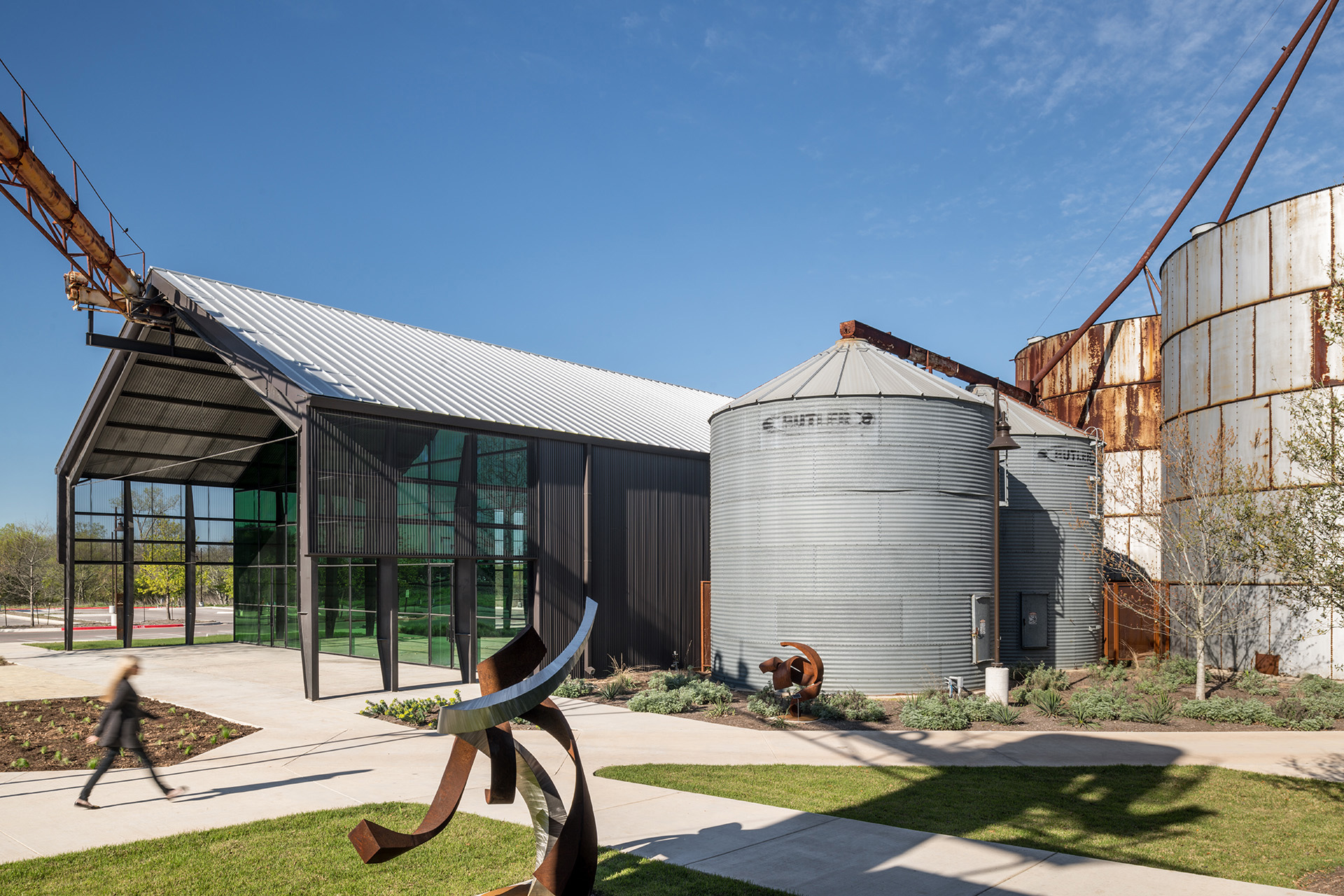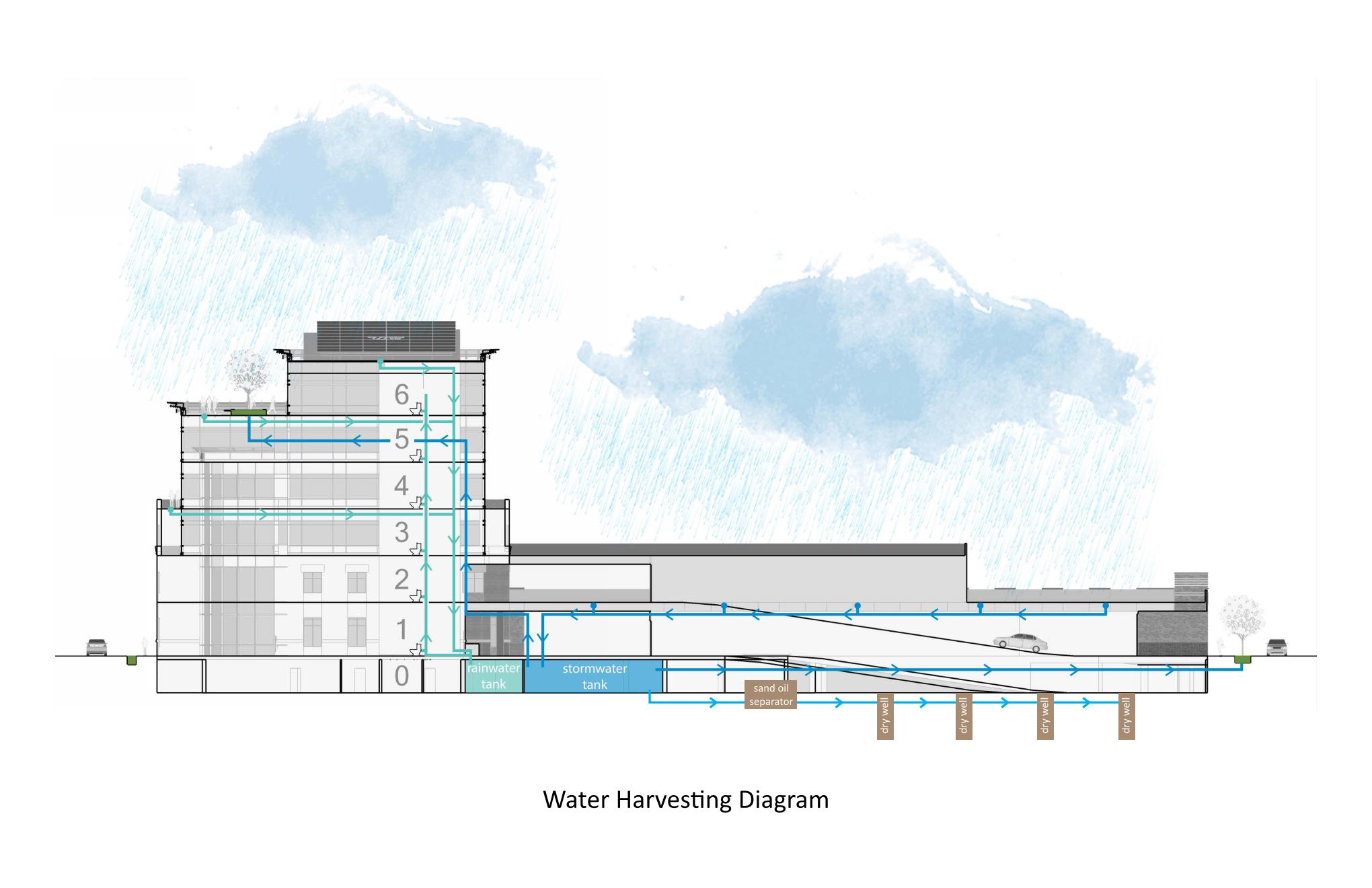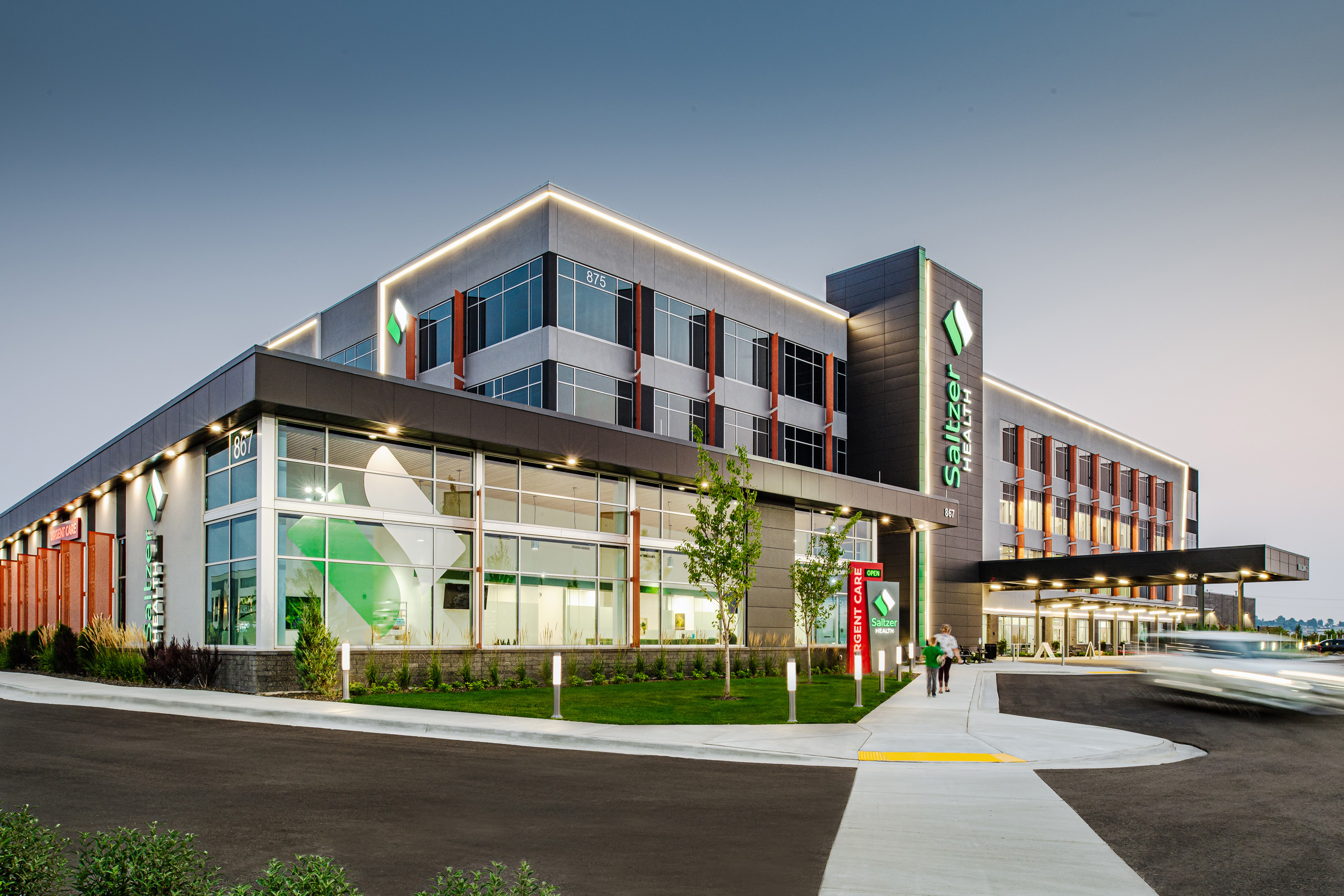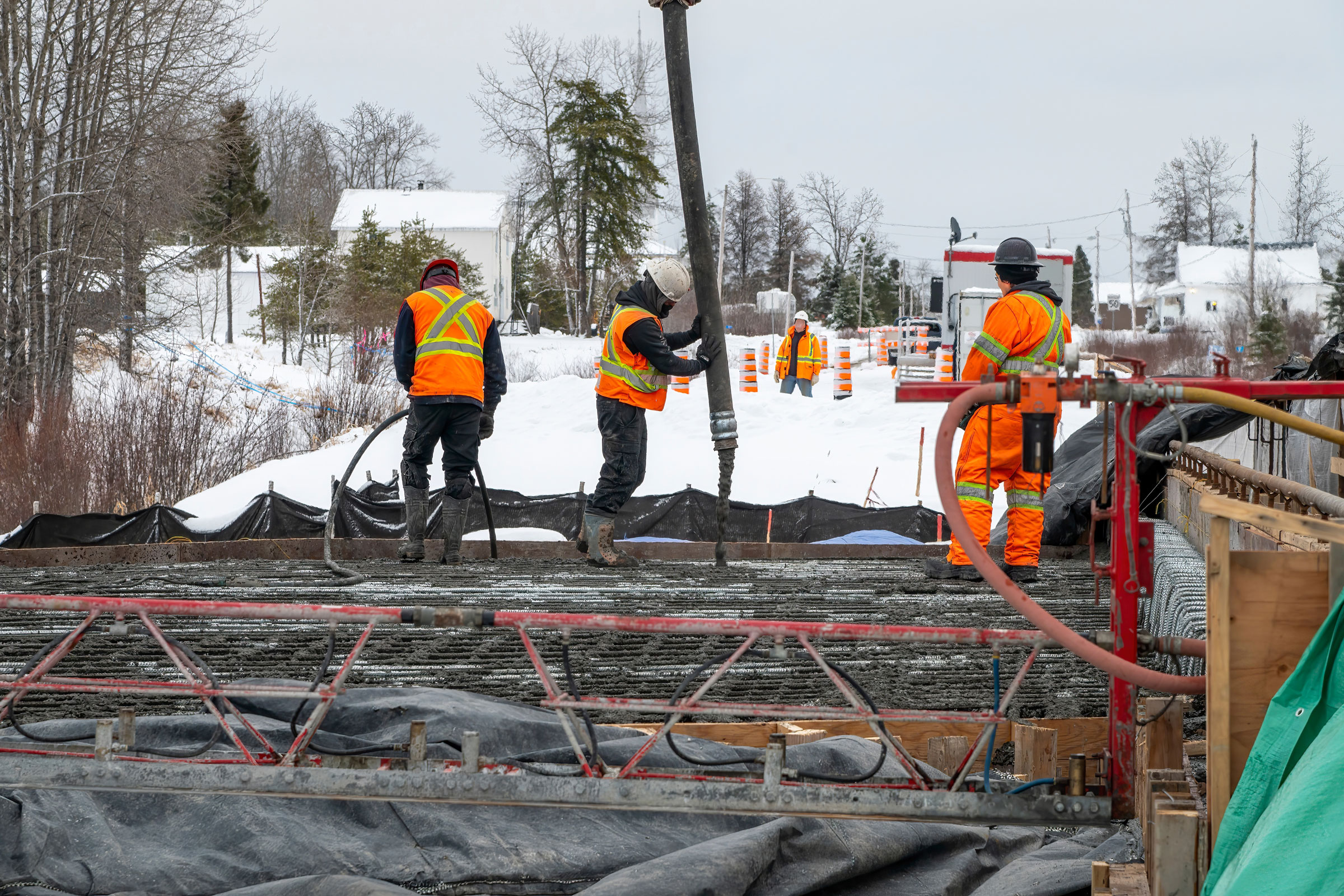Story at a glance:
- Architects have special insight into materials that could often result in more affordable, efficient alternatives.
- Using modular components can help quickly dial in labor and material efficiency through repetition and utilization of off-site labor in controlled environments.
- A multidisciplinary design firm can provide tailored systems and solutions that meet a client’s specific requirements utilizing a holistic systems approach.
With material costs reaching local maximums, it’s time to get creative and think beyond the steel and lumber we know and love. Price spikes like we’re currently facing result in a number of challenges for the architecture, engineering, and construction industry. But backorders and shortages don’t have to mean pausing or cancelling a project; rather, they may simply mean making smart, conscious design decisions that support sustainable and efficient development and keep building costs down. Why not revisit our most-used business materials and methods when prices are at an all-time high?
It’s important that architects and engineers—who see development projects in their earliest stages—recognize their role in material research and recommendations. Specialized insights and open communication lines with suppliers and major trades often translate to alternative methods and materials that can help navigate increased costs in the short term and potentially realize more sustainable, efficient solutions for the long term.
Leverage these three design-phase strategies to keep building costs down and keep your project moving forward.
1. Alternate material research and exposure

Mansfield Shopping Center in Mansfield, Texas. Photo by Peter Molick
Architects, engineers, and designers are uniquely well-situated to research and present new materials. Through relationship-building with manufacturers and suppliers and continuing education requirements, exposure to new materials is constant.
At a national design firm like Cushing Terrell there’s the added benefit of working with multiple clients on multiple building types across a wide range of climates, environments, and geographies—which provides a broad view of the options that exist. A multidisciplinary firm like ours may have insight into a new product or material that is not yet experiencing the cost swings of supply and demand, and/or generally might be more appropriate from the long-term cost or life cycle perspectives.
For example, in recent discussions with a commercial client, Cushing Terrell’s material research revealed dowel-laminated timber (DLT) as a viable solution for an office construction project since a traditional concrete-filled pan deck is currently costly and difficult to secure. Not only are there great cost and schedule benefits, but as an all-wood product (with no nails or metal fasteners), there are environmental benefits.
2. Design innovation

The Buda Mill & Grain Co. in Buda, Texas. Photo by Peter Molick
An experienced designer can evaluate and leverage materials, labor, climate impact, and resiliency and sustainability measures to provide solutions that minimize the use of materials, simplify installation, and increase the lifespan of a building—any of which can help defer concerns around otherwise potentially high first costs.
For instance, creatively reusing existing buildings and/or materials can have a big impact on material costs and negating the impact of volatile market conditions. This type of thoughtful design, taking flexibility and adaptability into consideration, may also pay off in the long term by extending a building’s lifespan and offering more agility (meaning fewer material purchase needs with fewer repairs).
Additionally, construction prototyping and the use of modular components can help quickly dial in labor and material efficiency through repetition and utilization of off-site labor in controlled environments that help maintain quality control and schedule. Cushing Terrell, for example, recently worked with Saltzer Health to prototype their urgent care facilities. In doing so, they were able to complete four facilities, in what would have typically taken two years, in just one year. This resulted in a 50% savings in schedule without impacting the quality of the final product.
3. Efficient systems

Water harvesting diagram for Stockman Bank, a Cushing Terrell project in Missoula, Montana. Photo courtesy of Cushing Terrell
Think simply. Think low maintenance, active systems, and durable, clean finishes.
A multidisciplinary design firm can provide tailored systems and solutions that meet a client’s specific requirements utilizing a holistic systems approach. With collective expertise shared through a collaborative process, it’s possible to ensure that whatever the materials, means, and methods used, they’re used only to the extent necessary to meet the client’s specified needs.
In addition, a whole-building approach to a project will ensure systems work well together from the earliest design development stages.
Summary
As the first line of bringing the vision of a building to reality, architects, engineers, and designers are particularly well-suited to consider material substitutions and creative design solutions. And at a multidisciplinary firm like Cushing Terrell, our experts work together to determine optimal alternatives that help alleviate supply pricing challenges.
So when you’re feeling the pinch of high materials costs, reach out. Our collaborative, integrated team is equipped to guide your project through cost and supply pains at any stage of your project.




